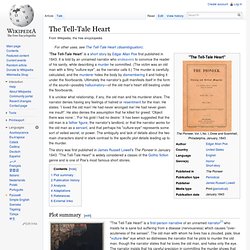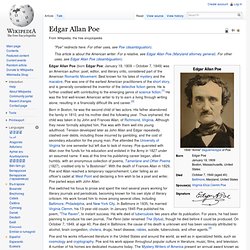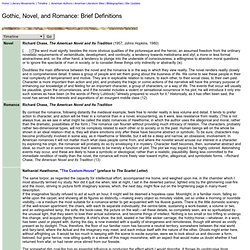

:Workbook - Madness in Shakespeare (LELE) Hitchcock and Gothic. The Picture of Dorian Gray. Travel literature. The genre of travel literature includes outdoor literature, exploration literature, adventure literature, mountain literature, nature writing, and the guide book, as well as accounts of visits to foreign countries.[1] The sub-genre of travel journals, diaries and direct records of a traveler's experiences, dates back to Pausanias in the 2nd century AD and James Boswell's 1786 Journal of a Tour to the Hebrides.

History[edit] Travel literature became popular during the Song Dynasty (960–1279) of medieval China.[3] The genre was called 'travel record literature' (youji wenxue), and was often written in narrative, prose, essay and diary style.[4] Travel literature authors such as Fan Chengda (1126–1193) and Xu Xiake (1587–1641) incorporated a wealth of geographical and topographical information into their writing, while the 'daytrip essay' Record of Stone Bell Mountain by the noted poet and statesman Su Shi (1037–1101) presented a philosophical and moral argument as its central purpose.[5]
The Tell-Tale Heart. "The Tell-Tale Heart" is a short story by Edgar Allan Poe first published in 1843.

It is told by an unnamed narrator who endeavors to convince the reader of his sanity, while describing a murder he committed. (The victim was an old man with a filmy "vulture-eye", as the narrator calls it.) The Raven. "The Raven" depicts a mysterious raven's midnight visit to a mourning narrator, as illustrated by John Tenniel (1858).

"The Raven" is a narrative poem by American writer Edgar Allan Poe. First published in January 1845, the poem is often noted for its musicality, stylized language, and supernatural atmosphere. It tells of a talking raven's mysterious visit to a distraught lover, tracing the man's slow fall into madness. The lover, often identified as being a student,[1][2] is lamenting the loss of his love, Lenore.
Sitting on a bust of Pallas, the raven seems to further instigate his distress with its constant repetition of the word "Nevermore". "The Raven" was first attributed to Poe in print in the New York Evening Mirror on January 29, 1845. Synopsis[edit] —Edgar Allan Poe "Not the least obeisance made he", as illustrated by Gustave Doré (1884) Amused by the raven's comically serious disposition, the man asks that the bird tell him its name. Analysis[edit] Edgar Allan Poe. Born in Boston, he was the second child of two actors.

His father abandoned the family in 1810, and his mother died the following year. Thus orphaned, the child was taken in by John and Frances Allan, of Richmond, Virginia. Although they never formally adopted him, Poe was with them well into young adulthood. Tension developed later as John Allan and Edgar repeatedly clashed over debts, including those incurred by gambling, and the cost of secondary education for the young man. Poe attended the University of Virginia for one semester but left due to lack of money. Poe switched his focus to prose and spent the next several years working for literary journals and periodicals, becoming known for his own style of literary criticism. Poe and his works influenced literature in the United States and around the world, as well as in specialized fields, such as cosmology and cryptography.
Life and career Early life. The Picture of Dorian Gray by Oscar Wilde. The Picture of Dorian Gray. *Spoiler* by Aecio, April 14, 2013 In the end of the book, when Dorian stabs his cursed picture: Does it mean his soul is pure again, for his dead body now endures his age and sins while the picture that represented his soul is young again, or it's just about his curse being broken? Sparknotes is pissing me off today by GrammarJunkie18, April 20, 2014 First of all, there are only 3 important characters in this book.
The Picture of Dorian Gray. Gazette PMF. Novel, Romance, and Gothic: Brief Definitions. Purposes To create terror To open fiction to the realm of the irrational—perverse impulses, nightmarish terrors, obsessions—lying beneath the surface of the civilized mind To demonstrate the presence of the uncanny existing in the world that we know rationally through experience.

Characters May include an innocent heroine persecuted by a lustful villain Appearance of ghosts Characters who disappear mysteriously Supernatural occurrences Focus on death and the events surrounding death; the living may seem half-dead and the dead half-alive. Characters act from negative emotions: fear, revenge, despair, hatred, anger. Characteristics An atmosphere of gloom, terror, or mystery. Definition adapted from M. Selections from Eve Kosofsky Sedgwick, The Coherence of Gothic Conventions (New York: Metheuen, 1986). When "an individual fictional self is the subject of one of these conventions, that self is spatialized in the following way. . © 1997-2013. Last modified November 29, 2012 10:13 AM Campbell, Donna M.